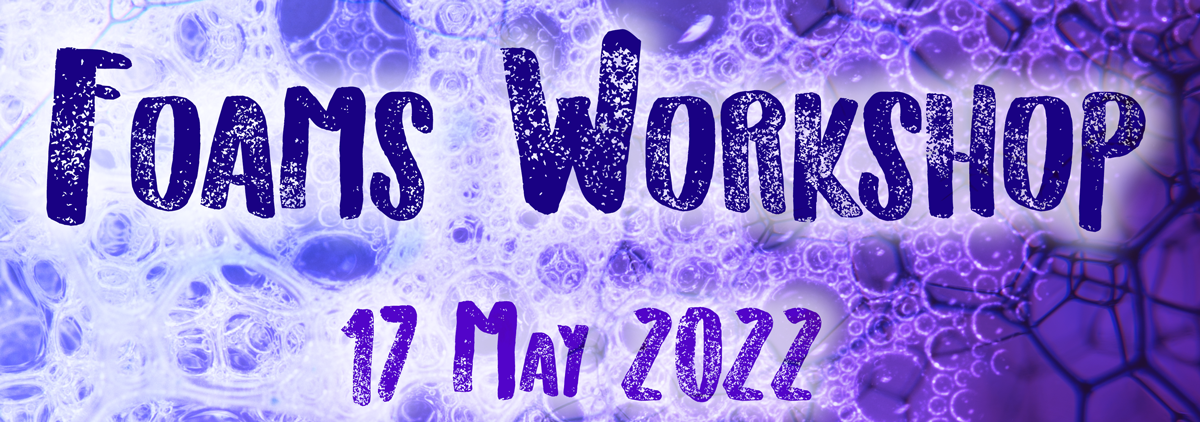Speakers
Description
Liquid foams are complex colloidal systems based on gas bubbles dispersed in a liquid continuous phase 1.Two different categories of liquid foams exist: aqueous or non-aqueous. In contrary to aqueous foams, which have been extensively studied, non-aqueous foams represent a new promising emerging field 1. Two types of non-aqueous foams are gaining interest: oil foams based on vegetable oil (oleofoams) and alcohol-based foams 2,3. Oleofoams are a promising option to develop new food products combining both a reduced fat content and new appealing textures and sensorial properties. Alcohol-based foams are gaining interest nowadays since the global pandemic due to COVID-19 and the frequent use of alcohol-based hand sanitizers as recommended by the World Health Organization. The main difference between aqueous and non-aqueous foams comes from the relatively large difference in the surface tension of the solvents 1. For non-aqueous systems, the low surface tension makes the adsorption of hydrocarbon-based surfactants energetically unfavourable. One way to produce and stabilize non-aqueous foams is to use surfactant crystalline particles, which can adsorb at the air-liquid surface 4.
In this talk, we will present how natural fatty acids crystalline particles can lead to the production and stabilization of both oleofoams and alcohol-based foams 2,5. We will illustrate how X-ray scattering techniques are useful to characterize these liquid foams. The formation and stabilization mechanisms of these two types of non-aqueous foams are the same and based on the adsorption of fatty acid crystalline particles at the air-liquid surface, which reduce the bare surface area by their presence rather than lowering the surface tension 4. The key parameter for fatty acid crystals to adsorb at the air-non-aqueous liquid surface is to exhibit a suitable three-phase contact angle below 90°. These foams are ultrastable due to the dense layer of adsorbed crystals at bubble surfaces that considerably reduce both disproportionation and coalescence.
1. Fameau A-L, Saint-Jalmes A. Non-aqueous foams: Current understanding on the formation and stability mechanisms. Adv Colloid Interface Sci. 2017;247:454–64.
2. Fameau A-L, Ma Y, Siebenbuerger M, Bharti B. Foamitizer: High ethanol content foams using fatty acid crystalline particles. J Colloid Interface Sci. 2021;600:882–6.
3. Fameau A-L, Saint-Jalmes A. Recent advances in understanding and use of oleofoams. Front Sustain Food Syst. 2020;4(110).
4. Fameau A-L, Binks BP. Aqueous and oil foams stabilized by surfactant crystals: new concepts and perspectives. Langmuir. 2021;37(15):4411–8.
5. Callau M, Sow-Kébé K, Jenkins N, Fameau A-L. Effect of the ratio between fatty alcohol and fatty acid on foaming properties of whipped oleogels. Food Chem. 2020;333:127403.

